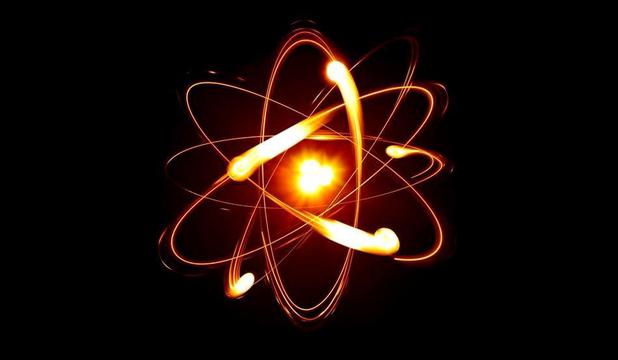Researchers at the European physics center of the
European Organisation for Nuclear Research (
CERN) are preparing to reveal the largest collection of information about the particle accelerator (LHC), three years after they confirmed the existence of the
Higgs boson.
Higgs boson discovery has provided researchers win
Nobel Prize in Physics in 2013. Disclosure answered the question about how matter acquires mass elementary, but did not solve the puzzle elements missing from the standard model of physics.
The standard model includes a number of equations that summarize everything known, currently, about nature, but some questions remained unanswered. One of the questions concern the gravity that seems not within the standard model. Another conundrum is that there is a much greater amounts of matter in the universe than the 4% we use. Propelled billion protons inside the circle, circumference of
27km, are facing each other at a speed of 13 electronvolts, 13 times faster than the strength of a mosquito.
The intensity of protons collide with each other reached a new record, providing a huge number of information. Researchers at CERN counts its massive volume of information ,,
femtobarni ''.
Sea discovery will be presented at the Conference on High Energy Physics in Chicago next month.
The first indication of a possible outcome was presented in May when CMS and Atlas have suggested that there is a mistake in the data of 750 gigavolţi. In the next two weeks researchers have filed more than 89 papers in trying to find the answer. There are 450 works
Tiziano Comporesi said: ,, What we have seen can be likened to throwing a coin six times normal air that will always fall on your head '.
,, I think dark matter will be investigated much harder, is more rare than the Higgs boson, '' said Camporesi.
The first sign of a much heavier particles than the boson was discovered at aceleratorul particles in May. The discovery can not be explained by current models, but its existence could lead to the discovery of a new set of particles and likely existence of a new fundamental forces.
According to data produced in May at the particle accelerator in Geneva, we have discovered a new type of particle six times heavier than the Higgs boson.
By other measurements, if it proves true, the discovery could be huge.
By mid-July ,, we should have enough information to confirm or refute the existence of particles, '' said Professor James Olsen, corordonator and physicist at Princeton.
According to Dr. Michele Redi, a researcher at INFN Florence, revealed that the existence of particle can be confirmed in a few days or weeks ,, ''.
,, If the error is real, we could write a new chapter in the history of fundamental physics, '' said Dr. Redi
Measurement of protons is the best method for the detection of new laws of physics, because the protons are easily detected and physicists know what to aştepte.Când particles in proton decay, they release energy proportional to their mass. This error is similar to that which gave us the first indications for Boston Higgs discovery. This new particle, if any, could lead to the discovery of a new set of particles.
Note: Materials may be edited for content and length.
Source:
Descopera

































